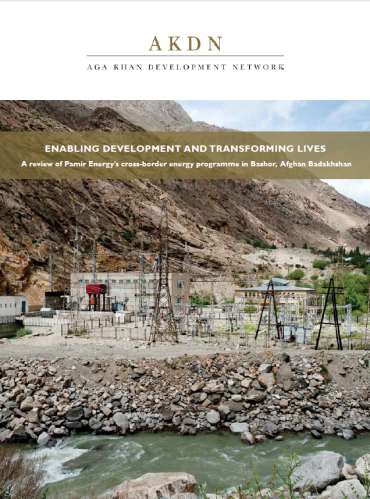Our cross-border work fosters socio-economic development through the building of energy infrastructure, bridges & establishing markets
CHALLENGE: Separated by a river, connected by history
Afghanistan’s Badakhshan province has some of the lowest human development indicators in the world. Infrastructure is almost non-existent severely limiting access to critical services and economic development opportunity. In Gorno-Badakhshan on the Tajik side of the border, the collapse of the Soviet Union in 1991 resulted in considerable social and economic challenges. Without Russian subsidies and technical expertise much of the infrastructure fell into disrepair. As a consequence, its human development index deteriorated rapidly sliding from 0.63 (1990) to 0.53 (2000) and is only now returning to Soviet-era levels.
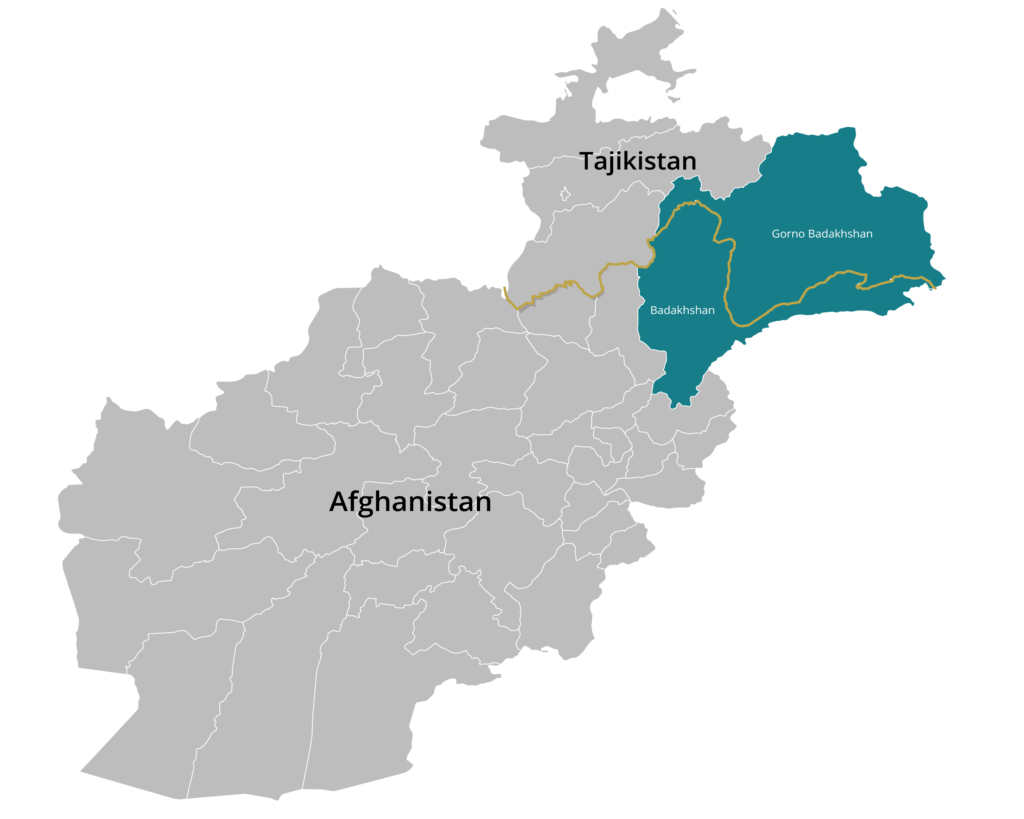
Afghan Badakhshan
- Population: 1,000,000
- Some of the lowest human development indicators in the world
- Prior to 2008 only 1% had access to electricity
Tajik Gorno-Badakhshan
- Population: 220,000
- Tajikistan’s largest and poorest province (48% live below the poverty line)
- Huge hydropower potential
- Following the collapse of the Soviet Union, diesel and coal imports ceased, decimating the region’s tree cover by 70%
Despite being separated in 1985 by two political spheres of influence, northern Afghanistan and eastern Tajikistan share common natural resources, culture and language, and are connected historically through trade and cultural exchange with wider Central Asia, China and Pakistan. Enormous potential exists to reinvigorate these historical links and with them the region’s economic development.
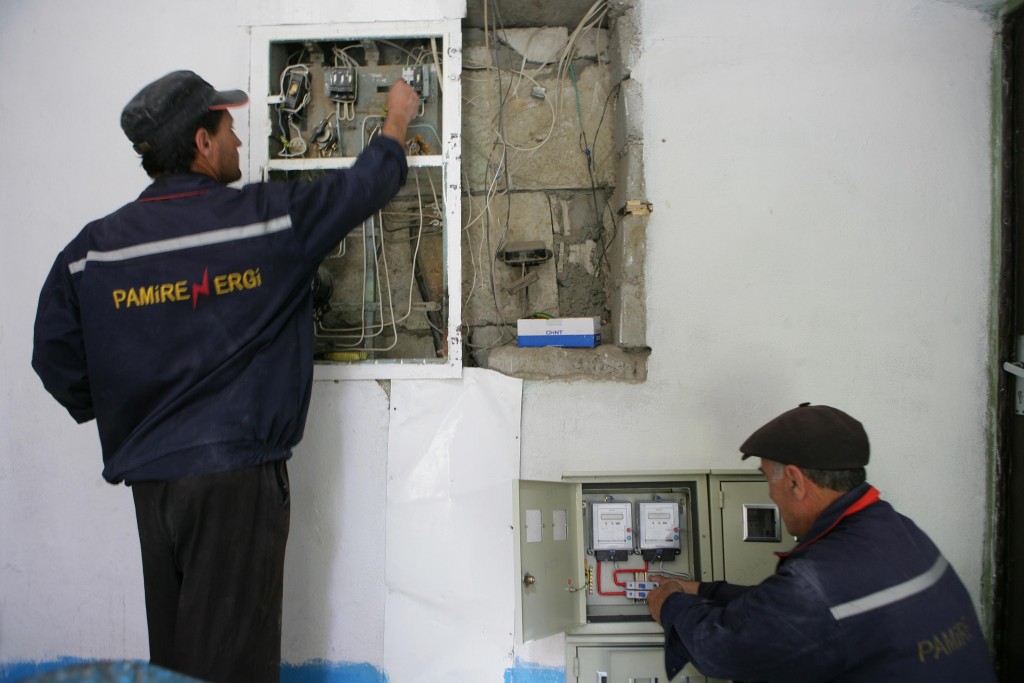
RESPONSE: Creating connections through cross-border infrastructure
Since 2002, as part its broader regional cooperation agenda, AKDN has been working with governments in both countries to create linkages between the two mountainous provinces to catalyse socio-economic development.
With funding from a variety of partners including the German and Norwegian governments through the PATRIP Foundation, AKDN has invested in critical infrastructure projects which include:
- Rehabilitating two hydroelectric power stations and constructing and rebuilding 3,700km of transmission and distribution lines;
- Building five bridges over the Pyanj River to connect eastern Tajikistan with northern Afghanistan, accompanied by cross-border marketplaces at each end to facilitate the flow of trade;
- Constructing nearly 2,000km of roads to connect remote communities to critical services and economic opportunity;
- Undertaking hundreds of irrigation, land reclamation and riverbank stabilisation projects to reduce vulnerability and increase agricultural productivity.
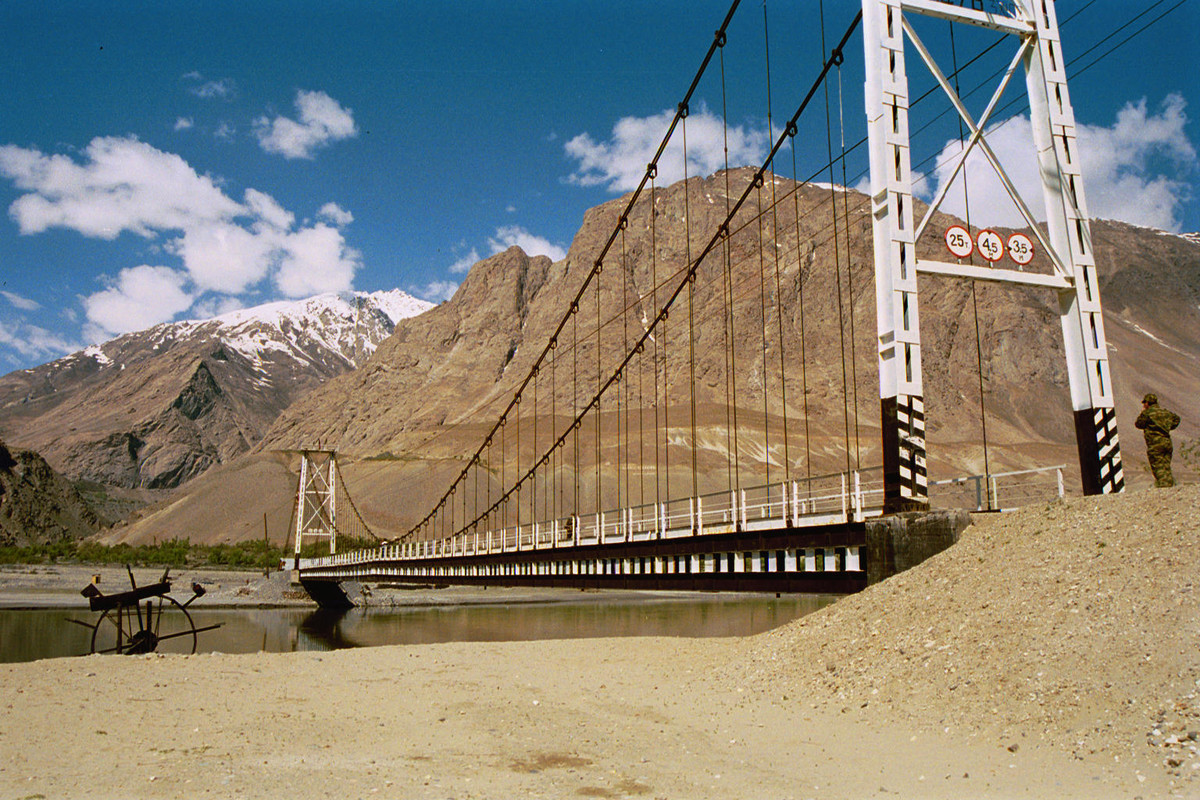
Key achievements to date
- Supplying 86% of households in Gorno-Badakhshan (185,240 people) with electricity 24 hours a day, 365 days a year. Previously 60% were reliant on diesel generators to produce electricity.
- Supplying 3% of households in Afghan Badakhshan (28,700 people) some for the first time in their history (up from 1%, pre 2008).
- Reduced household and business energy bills by as much as 85%, releasing an extra $83 a month for use on education, health or enterprise development.
- Generating employment and economic growth: Vanj bridge and market alone has created over 100 jobs on-site. As many as 80% of traders are women. In 2011, over $1.3m of goods were sold in three weekly markets.
- Creating trade hubs: Only 3% of traders in Gorno-Badakhshan and 5% in Afghan Badakhshan do cross-border trade independently of the cross-border markets. Cumulatively, the markets draw more than 1,000 traders on a weekly basis.
- Facilitating exchange and regional cooperation: 16,000 people crossed bridges in 2011 to access markets and services, for business meetings, tourism etc (1.3% of total close-border population).
- For Afghans, the bridges have provided better food security, offered access to critical social services such as emergency medical treatment at Tajik hospitals and created more efficient delivery channels for humanitarian aid in once remote areas.
- On the Tajik side, they have facilitated access to a wider variety of better-priced goods transited from China, Iran and Pakistan by Afghan traders. The cost of tea on the Tajik side has dropped by one third while many items such as salt, cement, household goods and fabrics have become available in some remote areas for the first time.
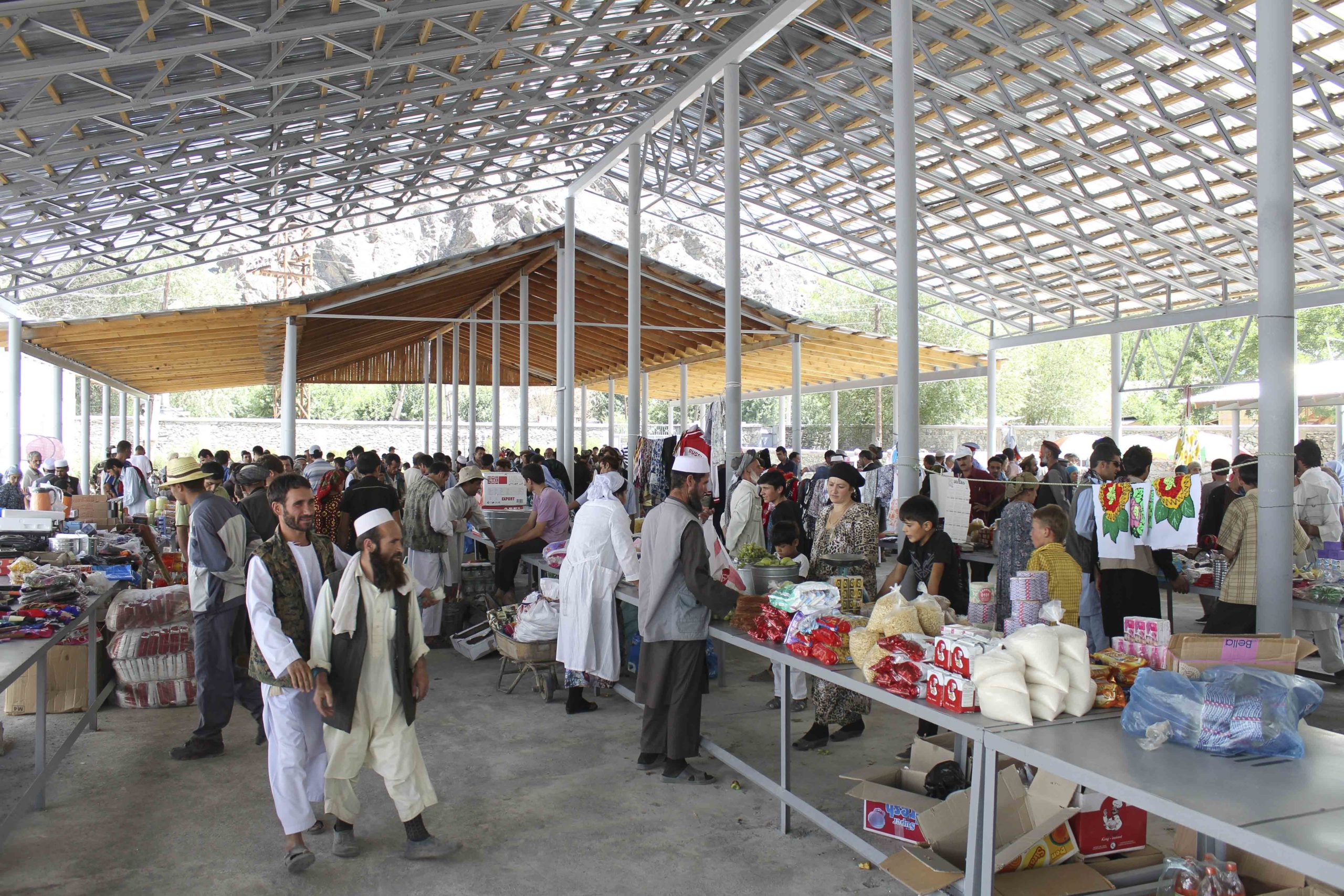
The Future
Since taking over the electrical utility operations in Gorno-Badakhshan, AKDN has invested over $44m to repair the region’s electrical infrastructure and expand its hydroelectric capacity. By 2027, AKDN estimates that it will have invested $65m in electrical infrastructure, producing for the region a total economic benefit of almost $100 million. Several new medium and large-scale infrastructure projects including bridges and markets are planned.
Working with a variety of partners, AKDN is seeking further partnerships to realise the ambition and potential of these regional initiatives that will deliver sustained improvements to quality of life and bring about transformative change in the cross-border sub-region.
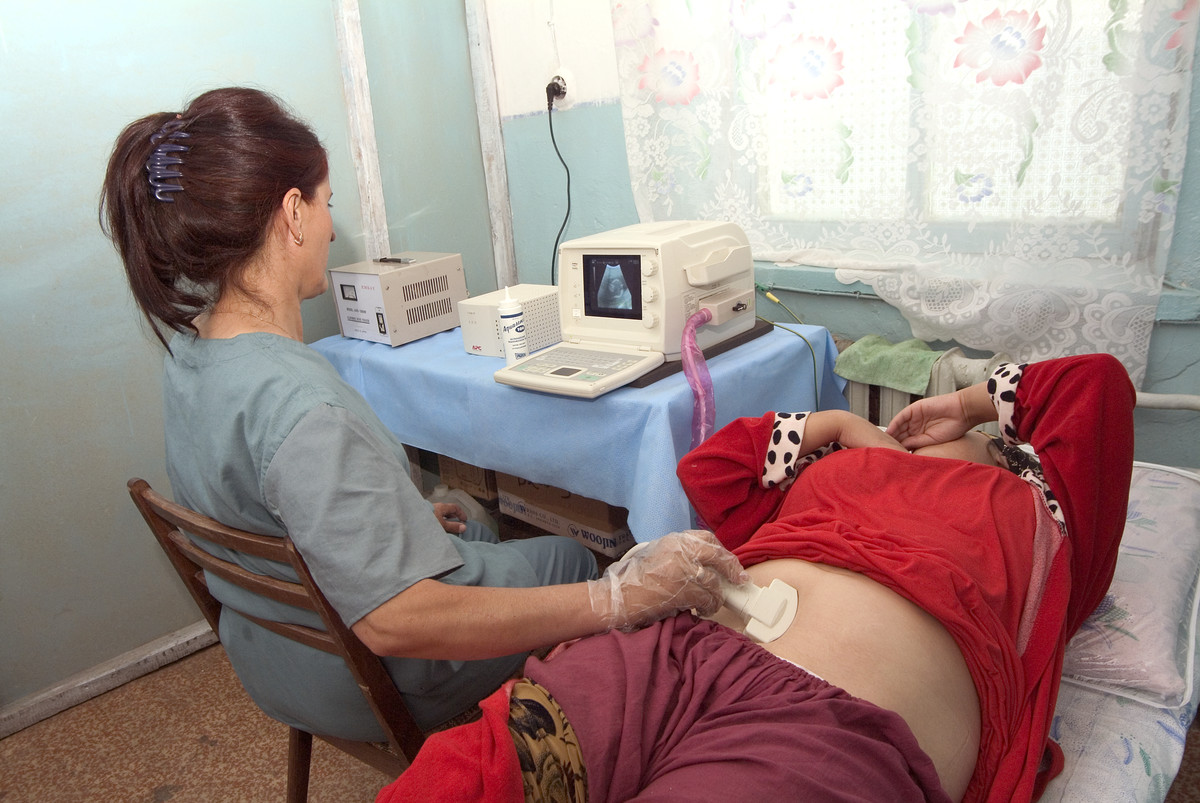
Interested in AKDN’s work in this region?
Read this report which looks at the impact of electricity on one village in northern Afghanistan for a deeper understanding of how energy transforms lives.
The report can be downloaded here.


